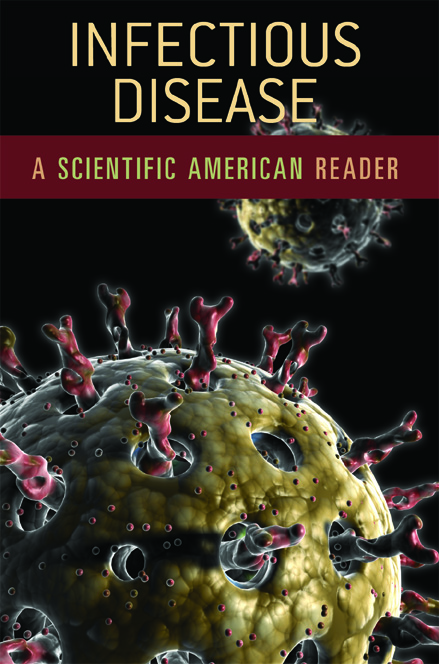Swine flu—infectious disease in a global age
 The rapid migration of the potentially deadly strain of H1N1 flu virus, recently discovered to have originated in Mexico, is a potent reminder of the new and pressing challenges to public health in the global age. With documented cases already appearing in the U.S. and Europe, and over 1800 suspected cases worldwide, health officials—including the World Health Organization—are still waiting to assess the potential of the swine flu to transform itself into a pandemic.
The rapid migration of the potentially deadly strain of H1N1 flu virus, recently discovered to have originated in Mexico, is a potent reminder of the new and pressing challenges to public health in the global age. With documented cases already appearing in the U.S. and Europe, and over 1800 suspected cases worldwide, health officials—including the World Health Organization—are still waiting to assess the potential of the swine flu to transform itself into a pandemic.
Among the factors most concerning to those monitoring the outbreak is the virus’s relatively high mortality rate among the cases documented in Mexico, and, as the Washington Post recently noted, its tendency to affect “relatively young adults, presumably among the population’s most healthy”—a feature which some already are connecting to the 1919 Spanish flu pandemic. Caused by a strain of influenza that killed via a cytokine storm (overreaction of the body’s immune system), victims of the Spanish flu were also younger and healthier than those normally thought most susceptible. The strong immune systems of young adults ravaged the body, whereas the weaker immune systems of children and middle-aged adults caused fewer deaths.
But while the 1919 pandemic resulted so many fatalities, it has also provided scientists with an invaluable source of information to prevent similar tragedies today. One of the most comprehensive of these studies available to the general reader was published by the press last year in Infectious Disease: A Scientific American Reader. In the study, “Capturing a Killer Flu Virus,” Jeffrey K. Taubenberger, Ann H. Reid and Thomas G. Fanning undertake a thorough investigation of the 1919 Spanish flu outbreak, suggest treatments, and recommend preventative measures. Set alongside 29 more of the most significant articles on communicable illness published in the pages of Scientific American magazine since 1993, Infectious Disease is the essential sourcebook for anyone looking for the science behind today’s headlines.